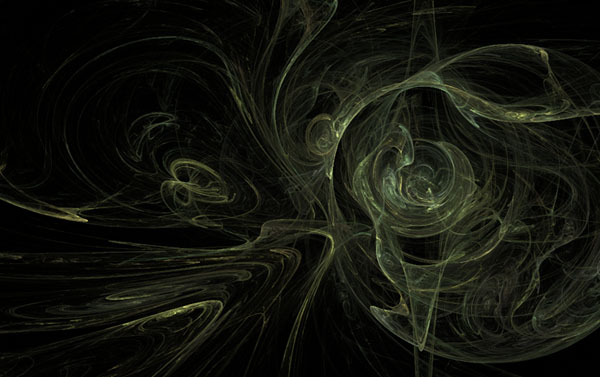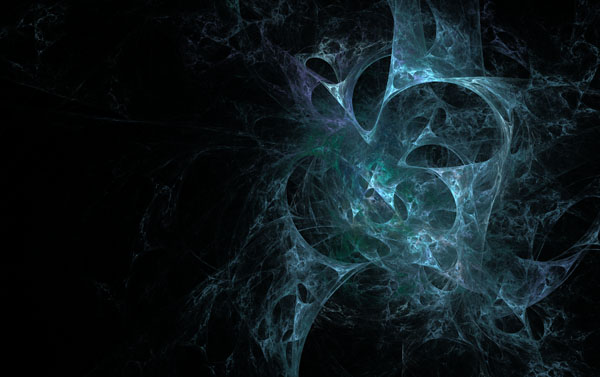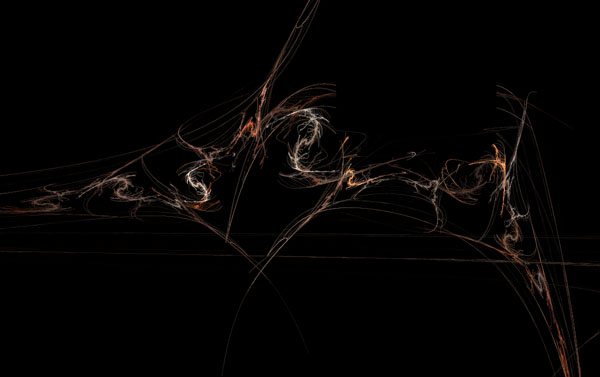
When they originally ran these fractal formulas, the got spreadsheets full of numbers, which makes spotting patterns difficult. They needed to run many, many iterations of the calculations, many, many time. Very time consuming without a computer. Modern PCs allowed them to calculate vast amounts of data in a relatively short time. PCs also allowed them to plot those numbers on a graphic display and beautiful patterns emerged. If you add say, a color gradient, to those ranges of numbers, even more beautiful pictures result. It takes vast amounts of iterations of these formulae to create these pictures. My early computers were doing hundreds of thousands of calculations per second for over an hour just to create one small fractal graphic. Today’s computers do more than a million calculations per second and it can still take an hour to calculate a good fractal graphic.

“Apophysis” is a fractal generation app, mostly used to make a kind of animated screen saver. I don’t use screen savers, but I do use this app to make fractal designs and tweak them a little. The app’s interface is all graphic and interactive, so there’s very little math going on. It’s all under the hood, so to speak. How I get the pictures is not like making a painting. It’s more like taking a snapshot of an exploding galaxy at just the right moment, except that I get to pick the color scheme, and which stars show and which ones don’t.
This kind of art is not for everybody. To each his own, in that respect. I think this fractal art can be quite beautiful. I like art that involves both sides of my brain. The logical side of my brain loves how complex things can be generated with very simple instructions. The artist side of my brain loves the incredible aesthetic beauty of the graphics generated by a math equation. Yet, there’s some unpredictability involved in the process as well. You never quite know what you’re going to end up with. Maybe one in twenty renderings is a keeper. I’ve made hundreds of these fractal graphics over the years. I’ve incorporated them in other art pieces I’ve created from time to time. I’ve included a small sampling of my fractal art here. The original versions of these images are much larger and a lot more detail is visible in them but you can get an idea of the kinds of images I make with fractals.
Slide show of fractal art on my YouTube channel:
http://www.youtube.com/watch?feature=player_profilepage&v=Lkpr7Rw2sCs



No comments:
Post a Comment